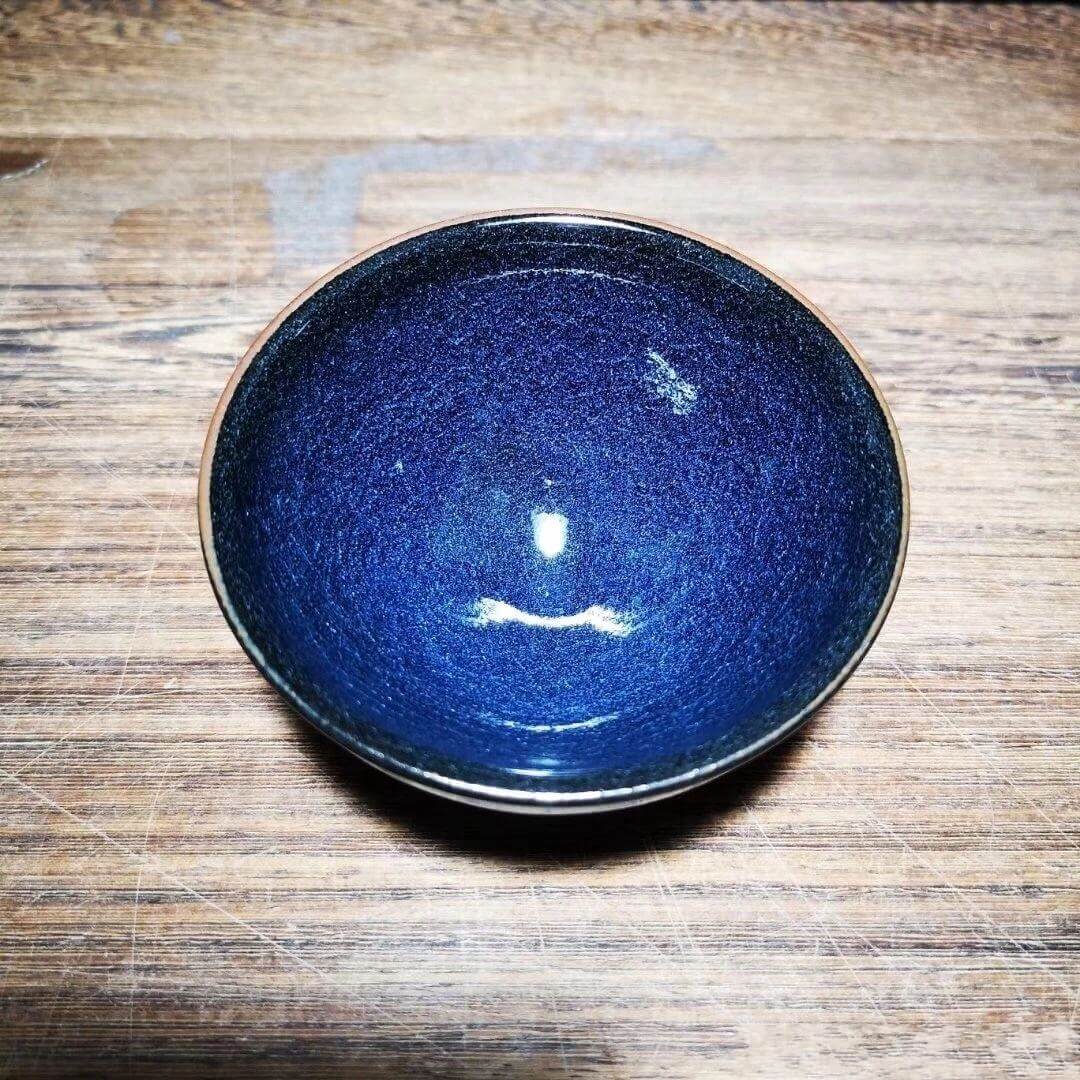Contents
Are the Air Holes in Jian Zhan Really Flaws
As Jian Zhan’s popularity continues to rise, many people who haven’t thoroughly understood it hold certain prejudices based on just seeing a few photos. Many believe the air holes in Jian Zhan are defects.
Of course, there are also many tea enthusiasts who understand that these air holes aren’t flaws, but still can’t accept them.
Today, let’s systematically discuss the air holes in Jian Zhan!
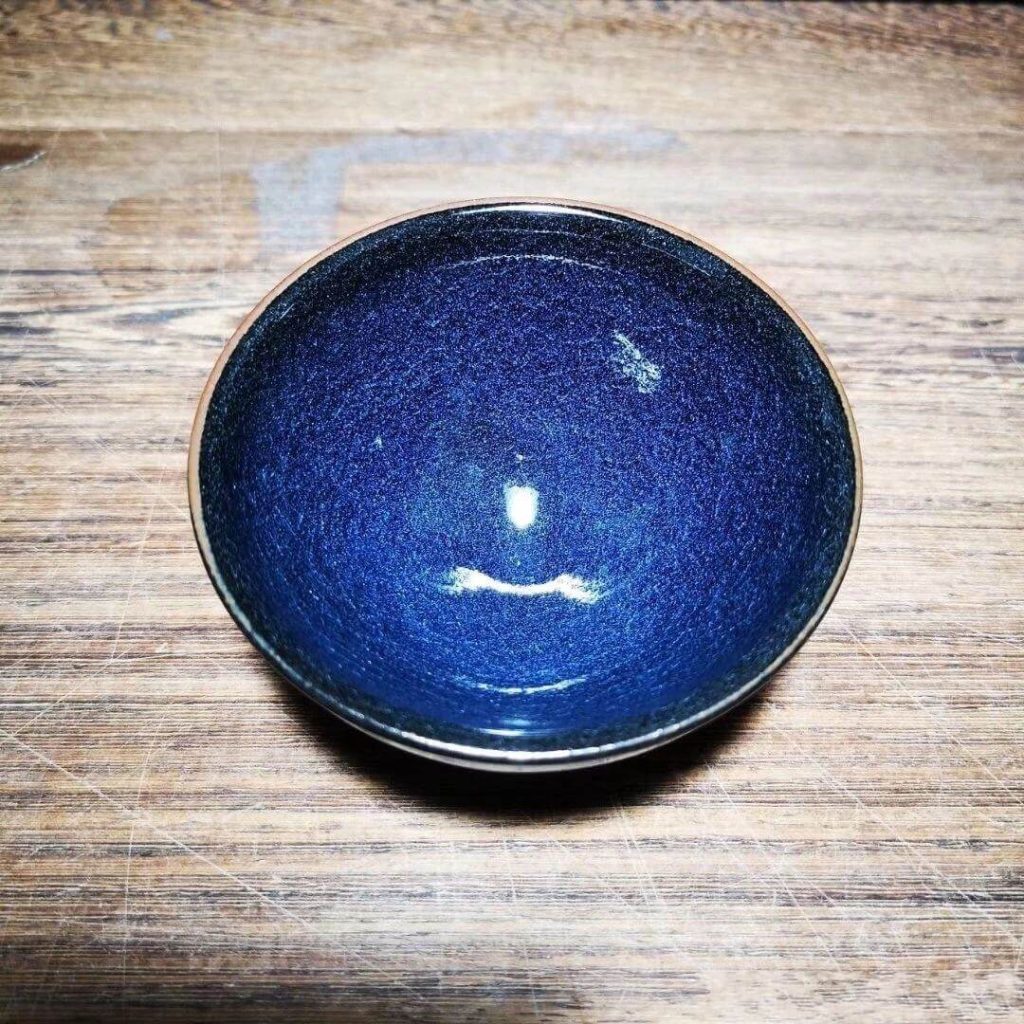
Formation of Air Holes
During high-temperature firing, iron separates from the body, and pine wood is added to produce carbon monoxide in the kiln. The separated iron begins to transform, forming small spots that gradually coalesce into larger spots. The air holes are left behind by the separated iron – simply put, they’re like skin pores and are unavoidable, making them a normal characteristic of Jian Zhan.
While these air holes cannot be completely eliminated, craftsmen can make them smaller and fewer. Well-vitrified Jian Zhan typically shows improved air hole conditions. Moreover, these air holes don’t affect the glaze’s integrity or daily use.
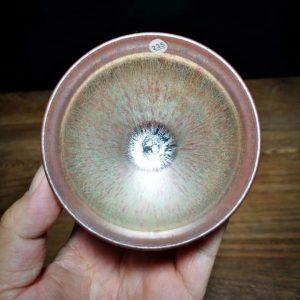
Why Does Jian Zhan Have Air Holes While Other Porcelain Doesn’t?
In typical porcelain design, more flux materials are added according to usage requirements, and the raw materials produce less gas during firing. This results in fewer voids and sufficient glass-phase material to fill spaces, leading to fewer air holes. Ceramics with water absorption rates below 0.5% are classified as porcelain.
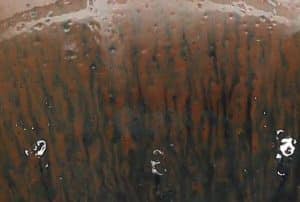
Unlike celadon and white porcelain, Jian Zhan uses less flux material, resulting in a surface that isn’t as smooth and contains small air holes or “pin-eyes.” The body primarily uses iron-rich clay rather than kaolin used in other porcelain. Even with excellent glazing, air holes cannot be completely eliminated – a challenge faced by craftsmen both ancient and modern.
Benefits of Air Holes
The small air holes in Jian Zhan’s body are beneficial for maintaining tea temperature and softening water quality while enhancing tea fragrance. How does Jian Zhan achieve these effects?
Though appearing simple, Jian Zhan bowls incorporate special functional designs from conception to creation, enabling them to maintain tea temperature and increase tea’s alkalinity, thus better releasing tea fragrance.
Regarding water softening, the most credible explanation relates to the porosity of Jian Zhan’s glaze. The air holes can absorb calcium and magnesium particles, reducing water hardness and making it softer and mellower. Jian Zhan also preserves freshness well and effectively prevents deterioration.
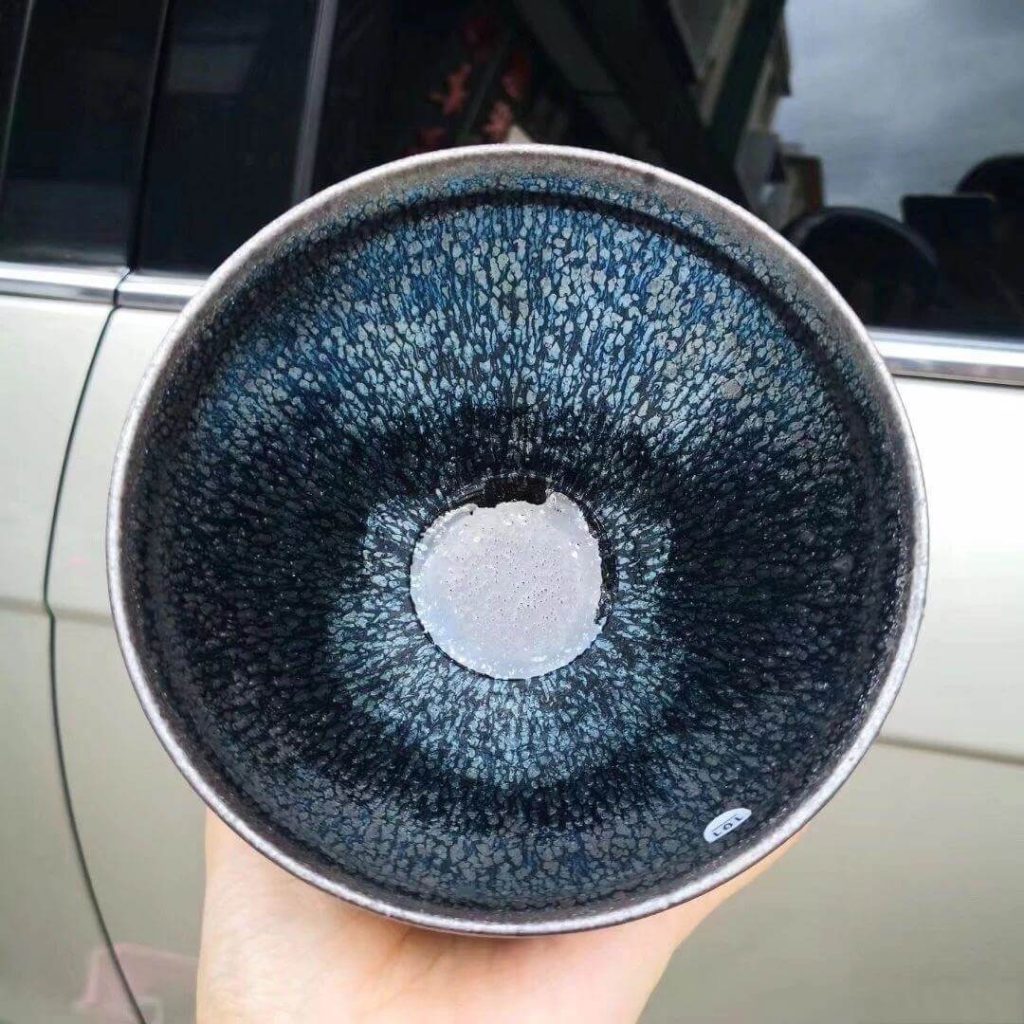
Finally, regarding health benefits, Jian Zhan’s high iron content in the glaze releases ferrous ions during use, which can absorb chloride ions from water, making it easier for the body to absorb. Iron is an essential trace element for the human body, helping prevent anemia and other conditions. The components in Jian Zhan serve various functions, not only preventing certain diseases but also effectively killing bacteria and enhancing taste.

